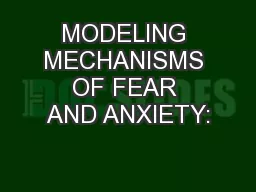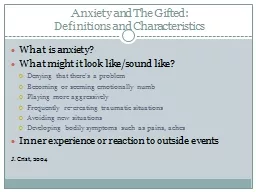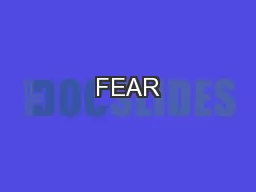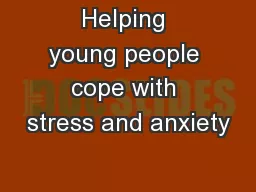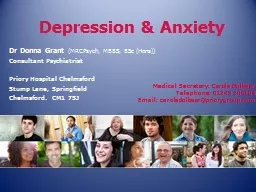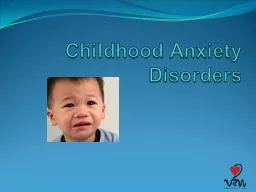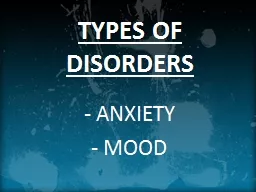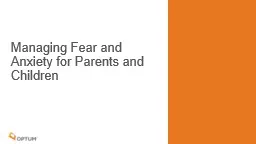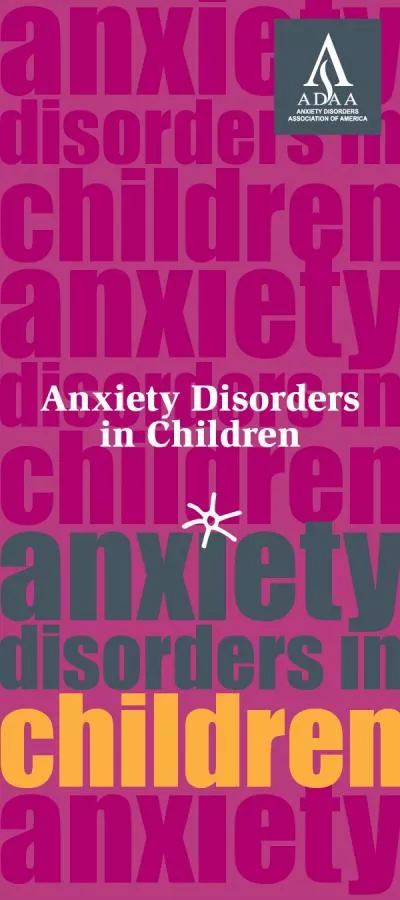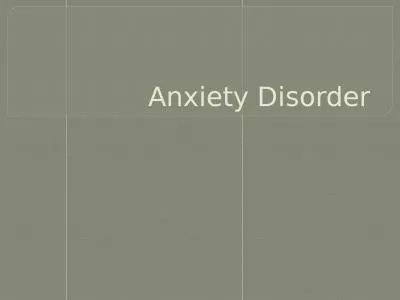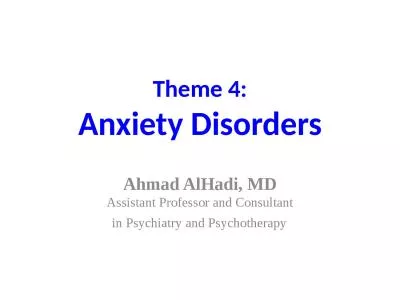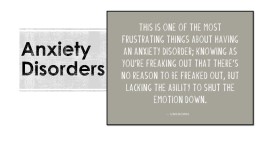PPT-MODELING MECHANISMS OF FEAR AND ANXIETY:
Author : lindy-dunigan | Published Date : 2017-06-15
NICOTINE WITHDRAWAL AND STRAIN DIFFERENCES Marissa Applegate Shruthi Deivasigamani Conor Driscoll Sumeet Jain Sarah McAlister Jacquelyn Olwell Ravi Pancholi
Presentation Embed Code
Download Presentation
Download Presentation The PPT/PDF document "MODELING MECHANISMS OF FEAR AND ANXIETY:" is the property of its rightful owner. Permission is granted to download and print the materials on this website for personal, non-commercial use only, and to display it on your personal computer provided you do not modify the materials and that you retain all copyright notices contained in the materials. By downloading content from our website, you accept the terms of this agreement.
MODELING MECHANISMS OF FEAR AND ANXIETY:: Transcript
Download Rules Of Document
"MODELING MECHANISMS OF FEAR AND ANXIETY:"The content belongs to its owner. You may download and print it for personal use, without modification, and keep all copyright notices. By downloading, you agree to these terms.
Related Documents

